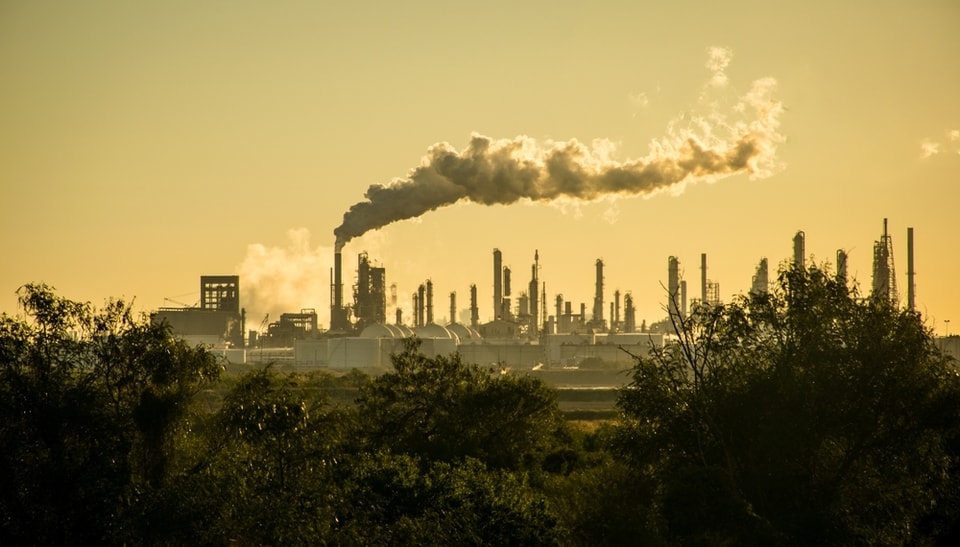Blog Published January 18, 2019 · 4 minute read
How to Shape Federal Climate Action? Look to the States.
Ryan Fitzpatrick

On January 15, Governor Andrew Cuomo outlined a forward-looking proposal to continue New York’s leadership in the fight against climate change, while creating a future with greater economic opportunities across the state. Along with major new climate agendas announced in states like California, Colorado, and Washington, New York’s proposal can serve as a guidepost for how ambitious, comprehensive action can be crafted at the federal level to slash US emissions. Gov. Cuomo’s proposal illustrates three key principles of effective climate policy that climate champions in Congress should take to heart:
Be bold and ambitious. Governor Cuomo is proposing a target of 100% carbon-free power by 2040, a massive shift in New York’s energy system in just a couple short decades. Among many other bold provisions, the plan also includes a strategy to make the state’s building stock carbon-neutral, and a $10 billion fund to invest in infrastructure for clean water, energy, and transportation.
Base the plan in science. A recent United Nations IPCC report made it clear that the world must get to zero emissions by 2050 to avoid the worst damages of climate change. Cuomo’s plan would help New York do its part in achieving this science-based target. And, like the analysis from the IPCC and Data for Progress, one of the leading organizations that informed the policy behind the Green New Deal, Cuomo’s plan also acknowledges the important role that clean energy resources like nuclear and carbon capture can play in achieving those emissions targets alongside renewables.
Create opportunities for American workers. Gov. Cuomo explicitly recognizes the importance of deploying the skills and dedication of America’s workforce to aggressively tackle climate change and build a more resilient state. The Cuomo plan would put more New Yorkers to work fighting climate change by expanding infrastructure for clean energy resources like renewable power. But labeling something a green job doesn’t automatically mean it’s a good one. To help workers reap more of the benefits, New York’s plan requires prevailing wages for state-supported renewables projects and in some cases requires project labor agreements. It also pledges to create a “just transition” for workers and communities facing disruptions during the shift away from fossil energy.
Other states are pursuing policies that follow these same general principles, and could serve as inspiration for effective, nationwide climate action. For instance, California has set some of the most aggressive climate targets in the country and created standards to support domestic industries and workers making lower-carbon steel, glass and other products used in state-funded construction projects. In 2018, the state passed a 100% carbon-free power mandate that smartly includes a wide variety of clean energy resources.
Washington Governor Jay Inslee has previously championed economy-wide decarbonization policies like a carbon tax that would cut emissions while investing in underserved communities. This year, Gov. Inslee has charged out of the gate with a proposal to spur investment in the clean economy, putting people to work installing electric vehicle charging infrastructure, retrofitting hundreds of buildings to improve energy efficiency, etc. He’s also likely to propose legislation creating a clean energy standard requiring carbon-free power from sources like wind, solar, hydro, nuclear, and natural gas with carbon capture.
And while newly-elected Colorado Governor Jared Polis campaigned on a 100% renewables target, his own State of the State Address last week acknowledged the importance of a more inclusive commitment made by Xcel Energy—the utility pledged to eliminate its emissions by 2050 using a variety of currently available resources and supporting innovation in technologies like advanced nuclear, energy storage, and carbon capture to help get the job done. Gov. Polis also committed to supporting workers’ ability to organize and bargain for better pay and benefits and backed a bill providing financial and job training assistance to workers affected by shuttered coal-fired power plants and decreased coal mining.
While Washington struggles to resolve the Trump-forced government shutdown, and Congress continues to organize and prepare for 2019, states are continuing to lead on climate action. As national policymakers look for bold, science-based plans that create economic opportunity and reduce emissions, they would be well-served by looking to what’s already happening in states like New York, California, Colorado, and Washington.
